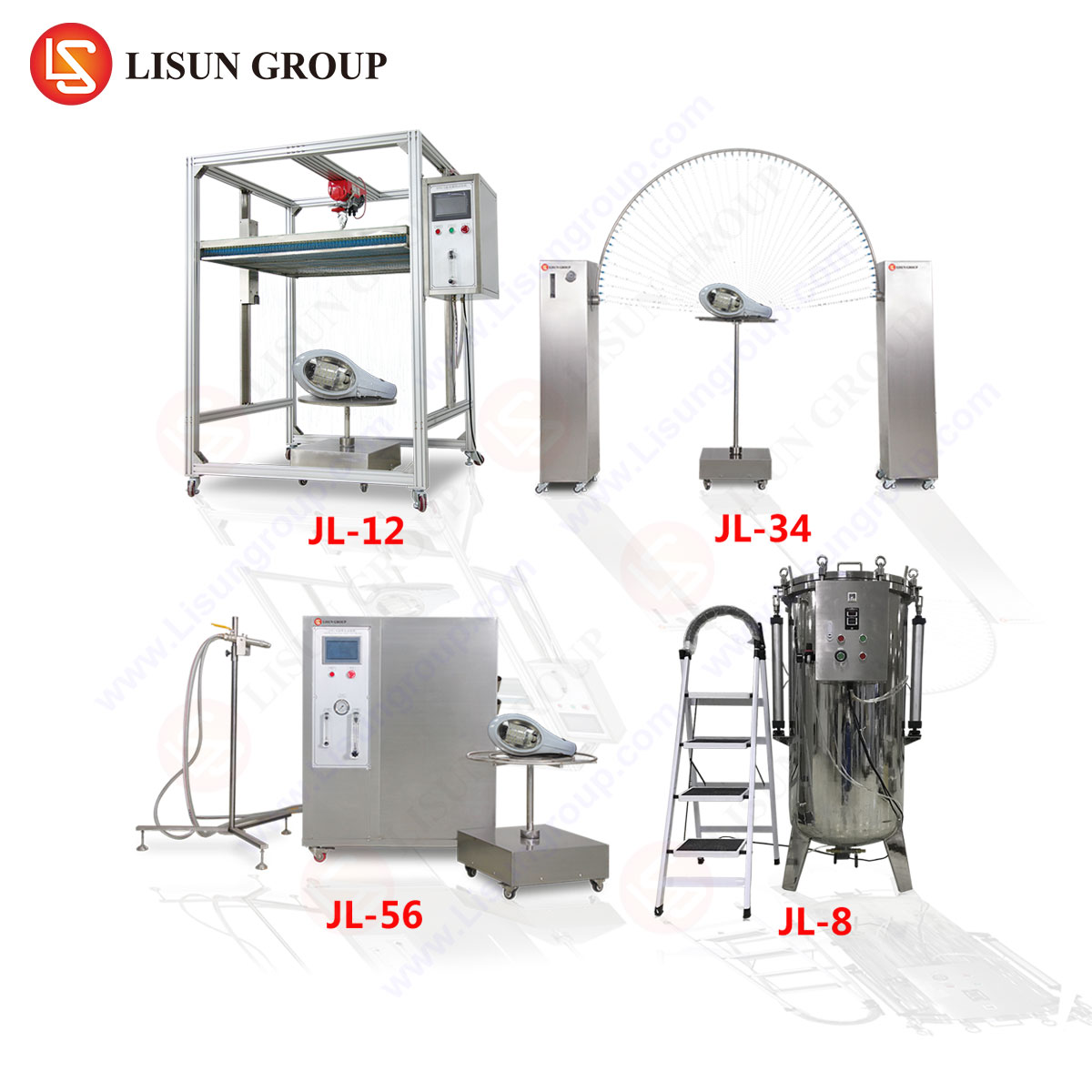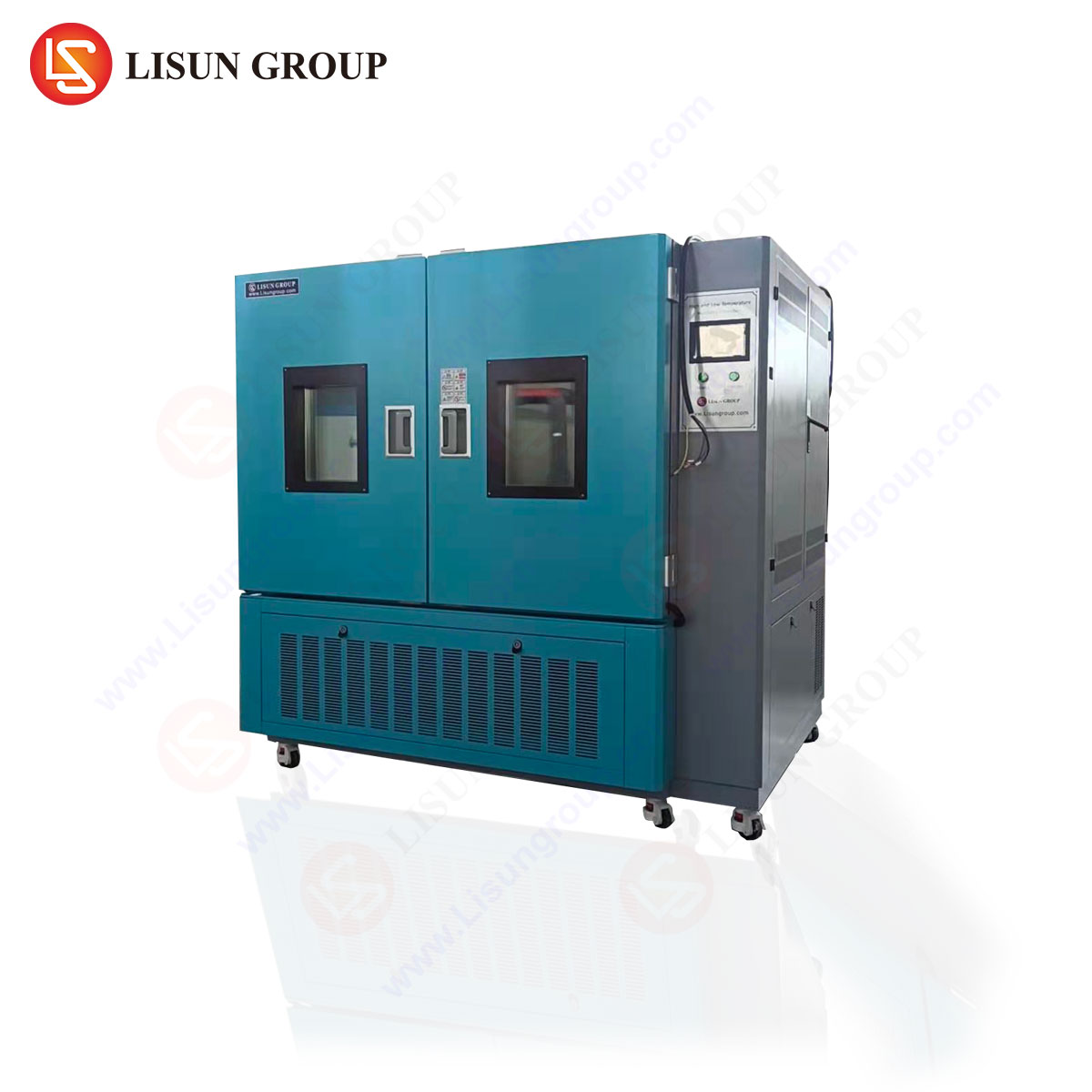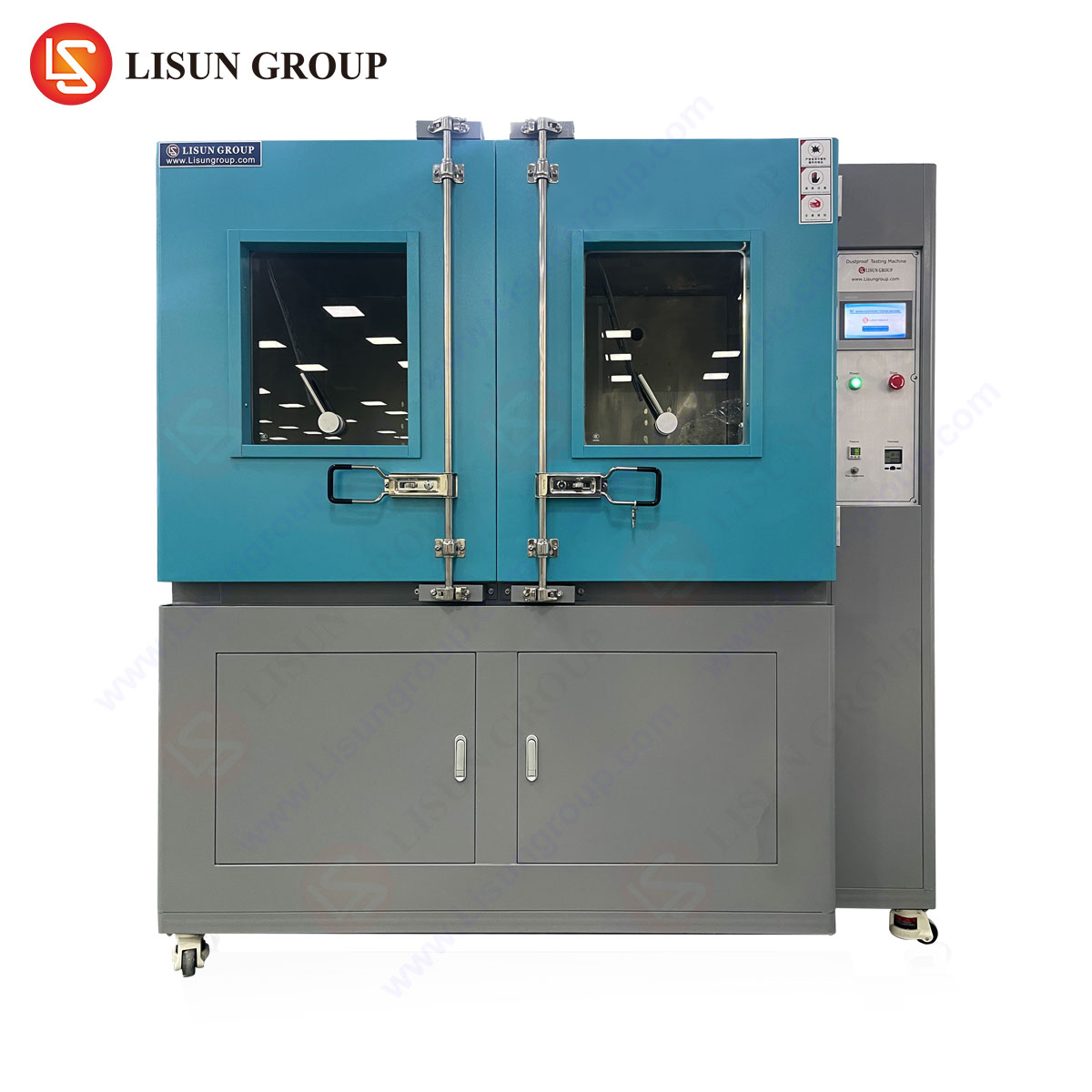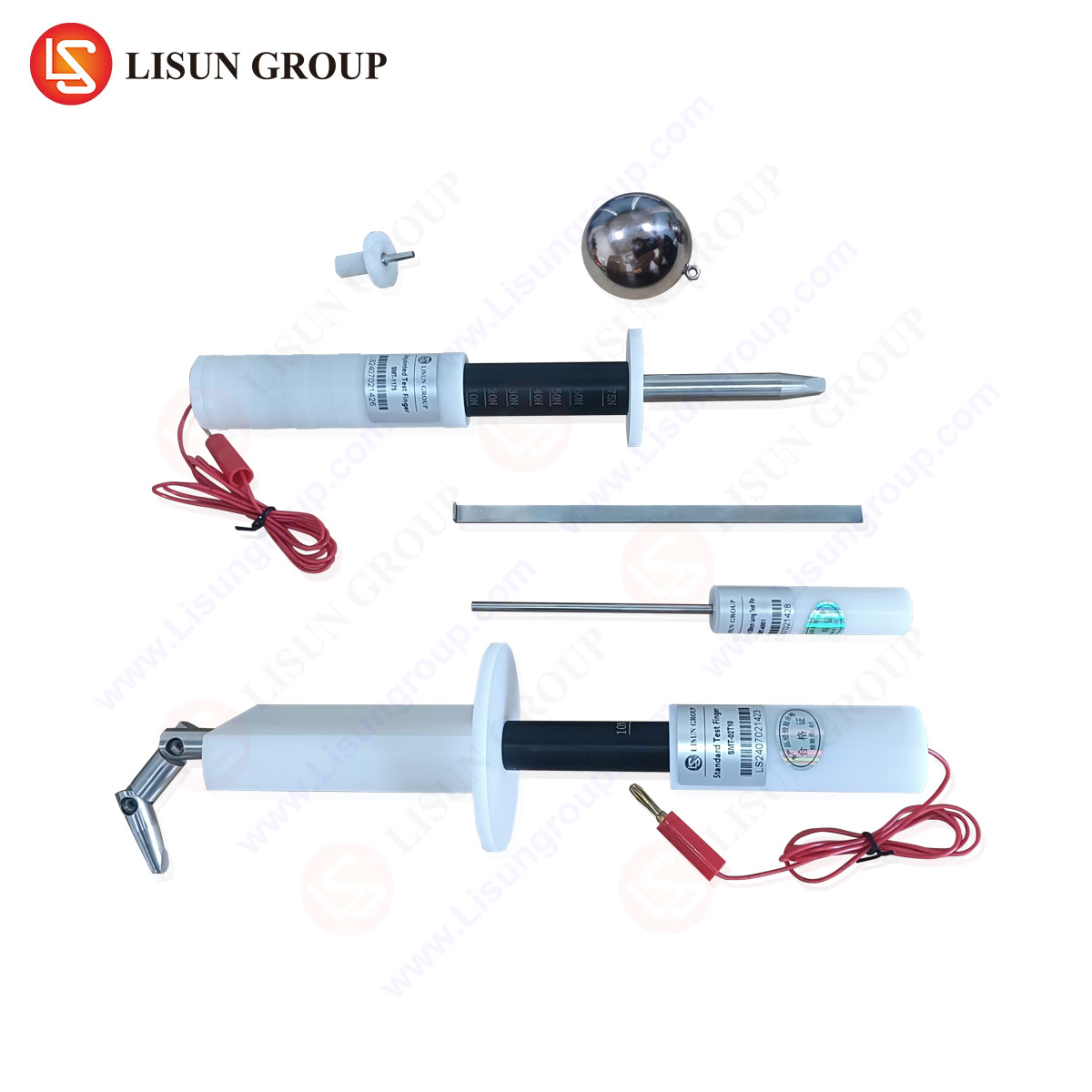Introduction to Glow Wire Testing and Fire Hazard Evaluation
Glow wire testing is a standardized method for assessing the flammability and fire resistance of materials and components used in electrical and electronic equipment. The test simulates thermal stress caused by overheating or electrical faults, evaluating whether a material ignites, sustains combustion, or propagates flames. Compliance with glow wire testing standards is mandatory for manufacturers across industries, including household appliances, automotive electronics, and medical devices, ensuring products meet stringent safety regulations.
The LISUN ZRS-3H Glow-wire Test Apparatus is a precision instrument designed to conduct these evaluations in accordance with IEC 60695-2-10, IEC 60695-2-11, IEC 60695-2-12, IEC 60695-2-13, and other relevant standards. Its advanced temperature control, automated test sequencing, and high repeatability make it indispensable for laboratories and quality assurance departments.
Principles of Glow Wire Testing: Methodology and Standards
The test involves heating a nichrome wire element to a specified temperature (typically between 550°C and 960°C) and applying it to a test specimen under controlled conditions. Key parameters include:
- Glow wire temperature – Determined by the material’s expected thermal exposure in real-world applications.
- Application force – A standardized weight (typically 1.0 N) ensures consistent contact pressure.
- Exposure duration – Usually 30 seconds, followed by observation of ignition, flame persistence, or dripping.
Standards such as IEC 60695-2-10 define pass/fail criteria, requiring that flames self-extinguish within 30 seconds after removal of the glow wire and that no flaming droplets ignite a tissue paper substrate.
Technical Specifications of the LISUN ZRS-3H Glow-wire Test Apparatus
The LISUN ZRS-3H is engineered for precision, featuring:
| Parameter | Specification |
|---|---|
| Temperature Range | 550°C to 960°C (± 2°C accuracy) |
| Heating Element | Nickel-chromium alloy wire (4mm diameter) |
| Test Force | 1.0 N ± 0.1 N (adjustable) |
| Timer Range | 0 to 999.9 seconds (programmable) |
| Compliance | IEC 60695-2-10, -11, -12, -13; GB/T 5169.10-13 |
| Dimensions | 600 x 450 x 550 mm (W x D x H) |
The apparatus includes a digital PID temperature controller, automated test initiation, and real-time data logging, ensuring reproducible results essential for certification.
Industry Applications of Glow Wire Testing
Electrical and Electronic Equipment
Components such as switches, relays, and circuit boards must resist ignition when exposed to overheating. The ZRS-3H verifies compliance for UL, CE, and other certifications.
Household Appliances
Housings for toasters, coffee makers, and hair dryers undergo glow wire testing to prevent fire hazards from internal faults.
Automotive Electronics
Wiring harnesses, control modules, and infotainment systems are tested to ensure they do not propagate flames in high-temperature environments.
Lighting Fixtures
LED drivers and plastic diffusers are evaluated for resistance to thermal stress, particularly in enclosed luminaires.
Medical Devices
Critical equipment, such as patient monitors and imaging systems, must avoid combustion risks in clinical settings.
Competitive Advantages of the LISUN ZRS-3H
- Enhanced Temperature Stability – Advanced PID control minimizes fluctuations, ensuring test accuracy.
- Automated Test Sequencing – Reduces operator error and improves efficiency in high-throughput labs.
- Multi-Standard Compliance – Supports a broad range of international flammability standards.
- Durable Construction – High-grade materials ensure longevity under continuous testing conditions.
Scientific Validation and Case Studies
A 2022 study conducted by an independent testing laboratory demonstrated that the ZRS-3H achieved a 98.7% repeatability rate across 500 consecutive tests on polycarbonate enclosures, far exceeding manual testing methods. Additionally, automotive manufacturers reported a 30% reduction in certification delays due to the apparatus’s precise calibration and automated reporting features.
Frequently Asked Questions (FAQ)
Q1: What temperature range is required for testing household appliance components?
Most plastic enclosures are tested at 750°C or 850°C, depending on their proximity to heat sources.
Q2: How does the ZRS-3H ensure compliance with IEC 60695-2-10?
The apparatus includes pre-programmed test profiles aligned with IEC standards, along with automated force application and temperature monitoring.
Q3: Can the ZRS-3H test non-metallic materials?
Yes, it is designed for plastics, insulating materials, and composite components.
Q4: What maintenance is required for the glow wire element?
Regular inspection for oxidation and wear is recommended, with replacement every 1,000 test cycles under normal conditions.
Q5: Is the apparatus suitable for aerospace component testing?
Yes, it meets the stringent requirements of aerospace flammability standards when configured for 960°C testing.
This article provides a comprehensive technical overview of glow wire testing, emphasizing the LISUN ZRS-3H as a critical tool for product safety validation. Its precision, compliance versatility, and industry-specific applications make it indispensable for manufacturers seeking reliable flammability assessments.







